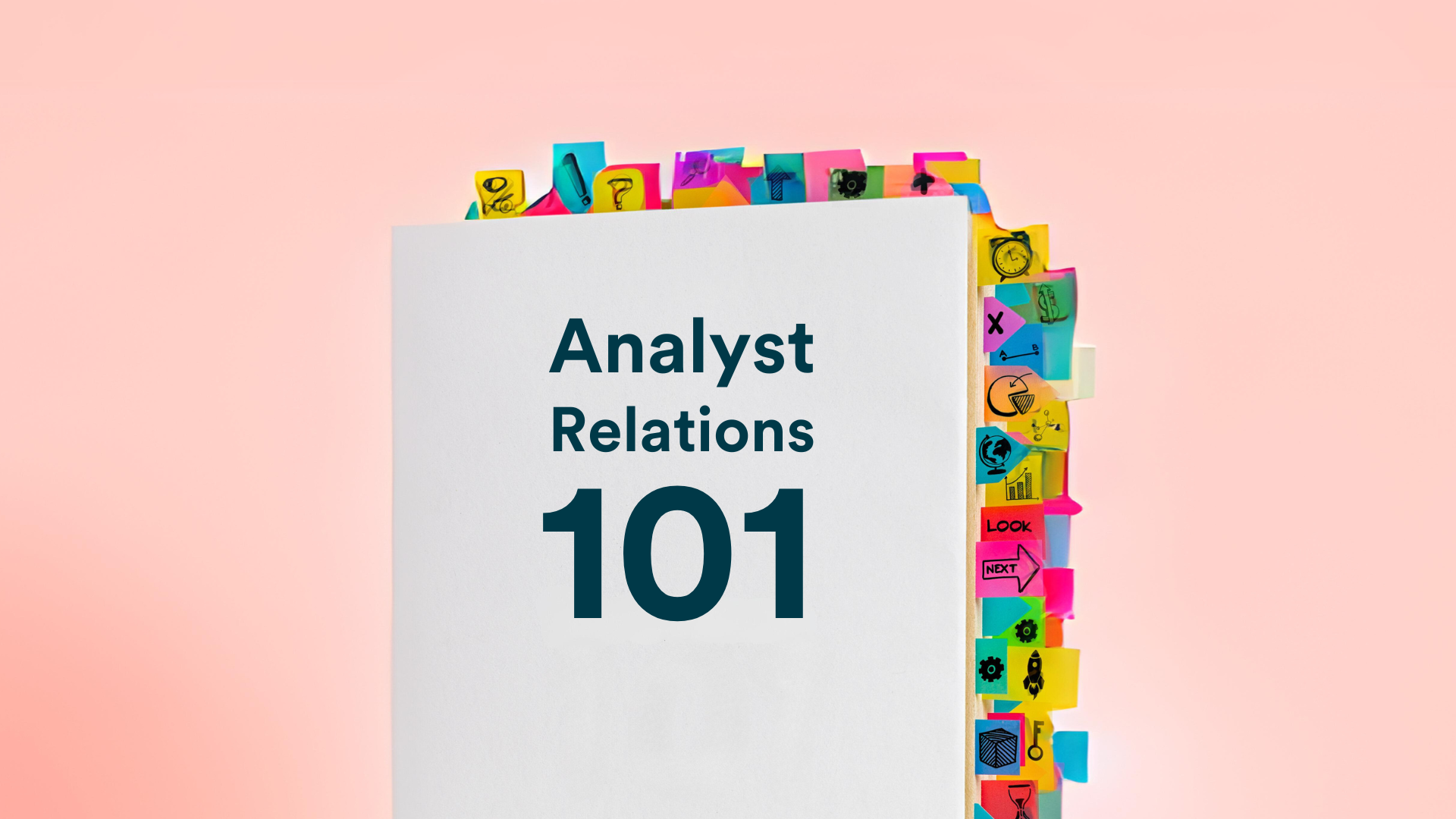The reality is that analyst relations doesn’t have to be expensive to be effective. In fact, some of the most impactful AR programs start with little more than an effective strategy and a well-constructed story. AR on a budget isn’t about doing less; it’s about doing the right things at the right time with the right people.
Analysts are influencing your buyers
The influence of analysts on enterprise buying decisions is both well-established and growing. Hoffman Agency’s own research has shown that analysts are one of the most influential channels on enterprise tech buyers across all stages of the purchasing process. From awareness through to shortlist and final selection, their opinions shape perception, inform evaluation criteria, and often determine who gets invited to the table.
For vendors, being known to analysts isn’t optional; it’s essential. Buyers consult analyst research early and often. Even when vendors aren’t formally named in reports, being known to analysts can still mean your solutions get recommended in inquiry and advisory sessions. Findings from the most recent State of Startups and Industry Analysts report revealed 79% of analysts work with startups specifically to recommend innovative, emerging vendors to buyers, while only 10% of startups themselves identified buyer exposure as a key benefit. There is a clear gap between how analysts perceive emerging vendors and how emerging vendors perceive working with analysts. Too many businesses delay engagement on the false belief that analyst relations can only start once you’re a Magic Quadrant contender, missing out on analysts’ influence on potential buyers.
Getting started without big budgets
The truth is, you don’t need a subscription with Gartner or Forrester to begin building meaningful analyst relationships. Nearly all major firms allow vendors to request briefings. Briefings are designed to provide analysts with visibility into emerging companies and technologies, enabling them to stay informed about the markets they cover. It’s in analysts’ interest to thoroughly understand the vendor landscape so they can make the most informed recommendations to their clients. For vendors, it’s a golden opportunity to introduce your story, your vision, and your differentiation without a financial commitment.
The key to making these interactions valuable is preparation. Analysts want to understand what makes your business stand out in the market. They’re not looking for a pitch; they’re looking for deep insight into how your solutions are delivering customer value and in what context.
Companies that succeed, even on a tight budget, are those that approach the relationship as a dialogue. They bring focused, well-structured narratives backed by customer case studies and solid data points, show a clear market vision, and come ready to listen and learn from analyst insights.
Relationships matter
At its core, analyst relations is about relationships. Genuine relationships with analysts take time to build and can’t be bought outright. Analysts attend hundreds of briefings every year, so presenting impactful and relevant information is crucial to shifting perceptions and fostering mutually beneficial relationships. Meeting analysts at the right cadence and providing updates that are relevant to their research, whilst best positioning your business and solutions, is essential. The key is to be respectful of their time and expertise, and to provide the right information that supports their research and role as a trusted third-party industry advisor.
Regular briefings shape how your company is perceived and increase the likelihood that an analyst will remember your product when writing a report or advising a buyer. A solid briefing strategy ensures that credibility is built effectively and strategically and fosters those all-important relationships.
Why start now?
If analysts aren’t aware of your business and products when they’re shaping research or fielding client inquiries, you’re missing a chance to be part of an influential report or be recommended to a prospect. Even a brief mention in a research note can equip your sales team with powerful third-party validation, helping to accelerate deals.
Beyond influencing buyers, analysts also provide vendors with sharp feedback that helps refine strategy, messaging, and positioning, often surfacing insights that would take months to uncover through internal research alone.
In short, starting early enables you to shape how potential buyers perceive you and provides your business with deep market insights to refine your strategy.
It’s a long-term game, so get started
Building a strong analyst relations foundation doesn’t have to wait until your company has a six-figure AR line item in the marketing budget. In fact, some of the most effective programs start small and scale with purpose. By understanding what analysts care about, engaging with them authentically, and using your existing assets creatively, you can lay the groundwork for an AR strategy that’s lean, agile, and influential.
Budget isn’t the barrier many think it is. A lack of purpose, consistency, or commitment is far more likely to hinder the progress of your AR program. But with a focused approach, analyst relations can become one of the most valuable tools in your marketing arsenal and ultimately help you capitalise on analyst influence on your buyers.














